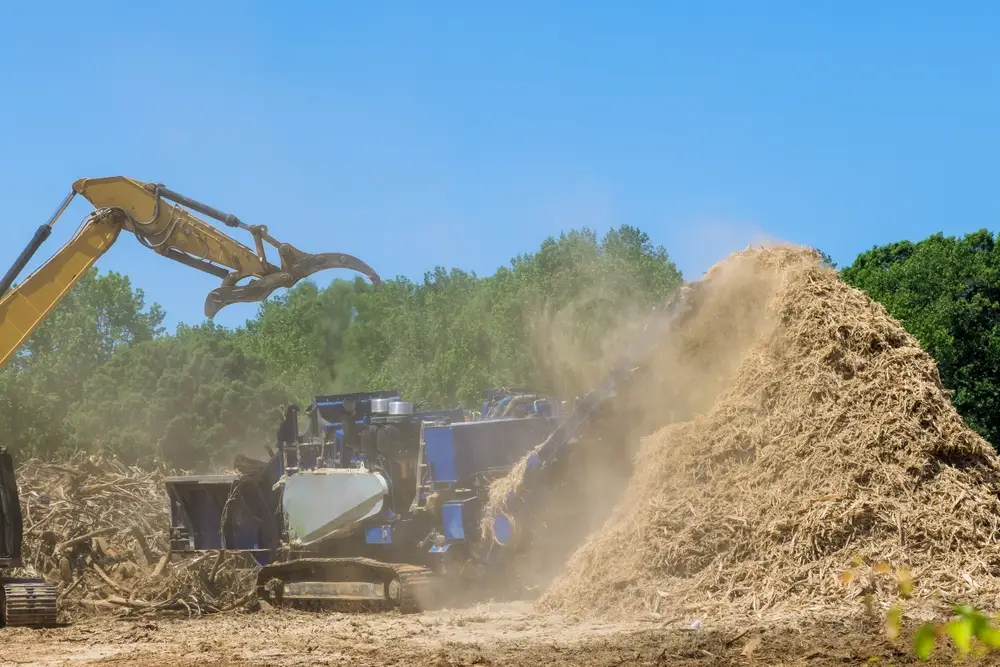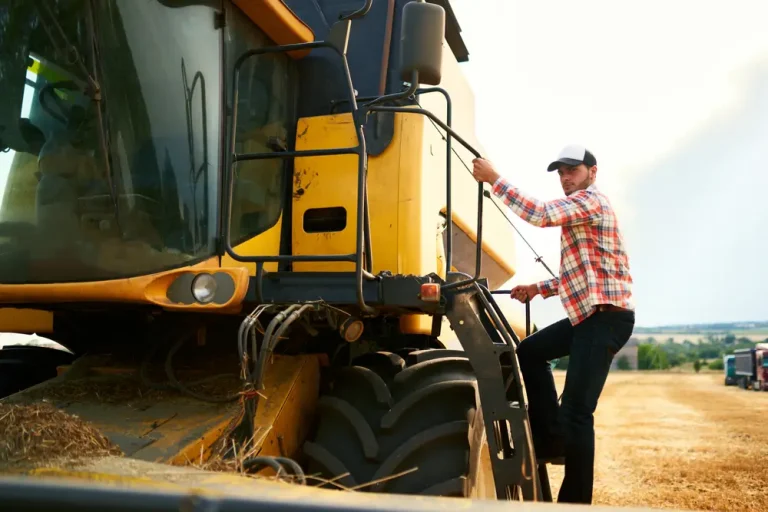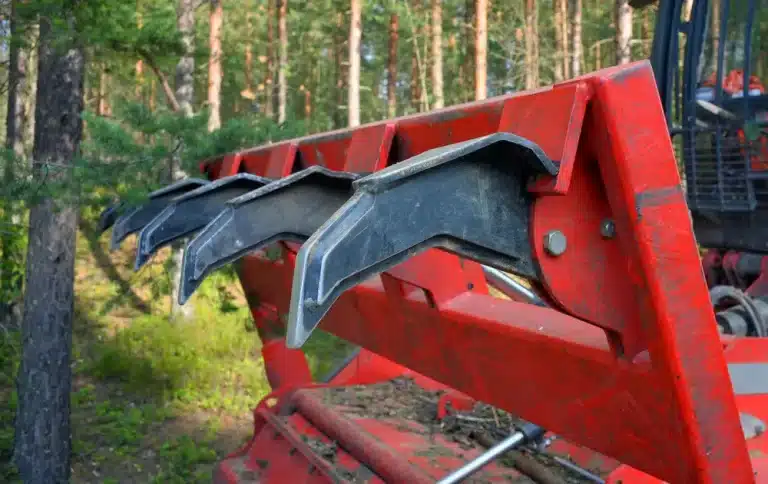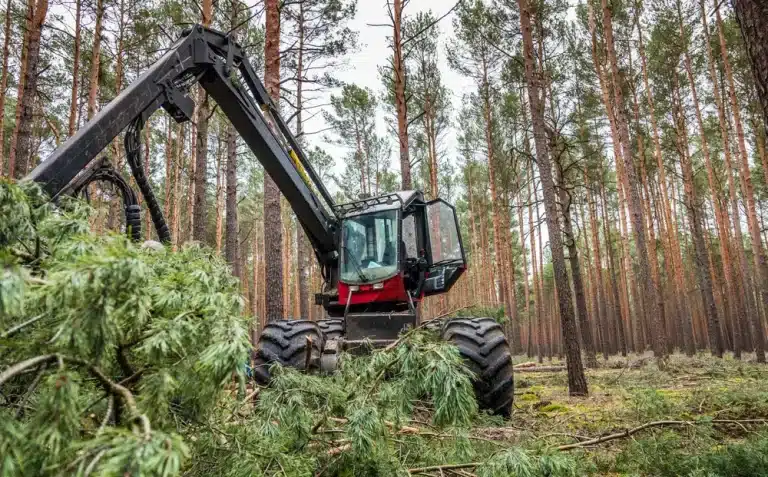Did you know that careless land clearing on the slopes of Toulouse’s stunning, rolling countryside can cause catastrophic soil erosion and water runoff? Selecting the appropriate mulcher isn’t simply a matter of brush, it’s critical to stabilizing vulnerable slopes and maintaining the local Occitan ecosystem. In this post, we’ll explore which mulcher models provide the optimal stability for Toulouse’s hilly terrain, keeping you efficient and eco-friendly. Let’s dig in.
The real challenges of clearing land on inclines
Land clearing on slopes is hard hard labor. The potential for machines to tip or to slide increases rapidly when the terrain is not level. Big mulchers or tractors can lose grip or even tip over especially when soil is loose or wet. Slopes complicate the transport of large equipment. It’s hard for operators to maintain consistent lines or access dense brush in confined or hilly areas. Uneven ground can impede access, thus certain portions may require more compact or tracked mulchers to traverse.
Another challenge is maintaining mulch depth consistency across a slope. Hillsides present a problem, as hydroaxes tend to cut too deep at the top of the hill, or skip patches at the bottom. That results in clumpy coverage, damaging the mulch’s ability to protect the soil. Clearing dense brush or large trees becomes more difficult on slopes. Stumps, rocks, and roots not only slow the work but can damage gear. You need stump grinders or specialized heads to clear tough spots.
Land clearing the bad way breaks the earth. If too much soil is exposed, rain can erode it. That’s what causes erosion and damages the flora and fauna. Forestry mulching does help in that it leaves a mulch layer that keeps soil in place. Traditional approaches such as burning or bulldozing are more time-consuming and labor-intensive, and can leave land denuded and vulnerable to erosion or wildfires. There are the plants that are difficult to eliminate and require more than one clearing, such as invasive species. Expensive, indeed — due to difficult terrain, specialized equipment, and additional manual labor but a quality job can mitigate dangers on the land and enhance its value.
Key risk scenarios and how to reduce them
| Challenge | Example | Risk/Impact | How to Lower Risk |
| Tipping/sliding | Steep, muddy slope | Machine roll-over | Use low center of gravity mulcher |
| Tough to reach spots | Dense brush, rocky outcrops | Missed areas | Use tracked or small mulcher |
| Uneven mulch coverage | Cutting uphill/downhill | Patchy soil protection | Adjust operator speed & pressure |
| Stumps/rocks/root removal | Large tree stumps | Gear damage, delays | Use stump grinder, plan ahead |
What makes a mulcher stable on hilly terrain
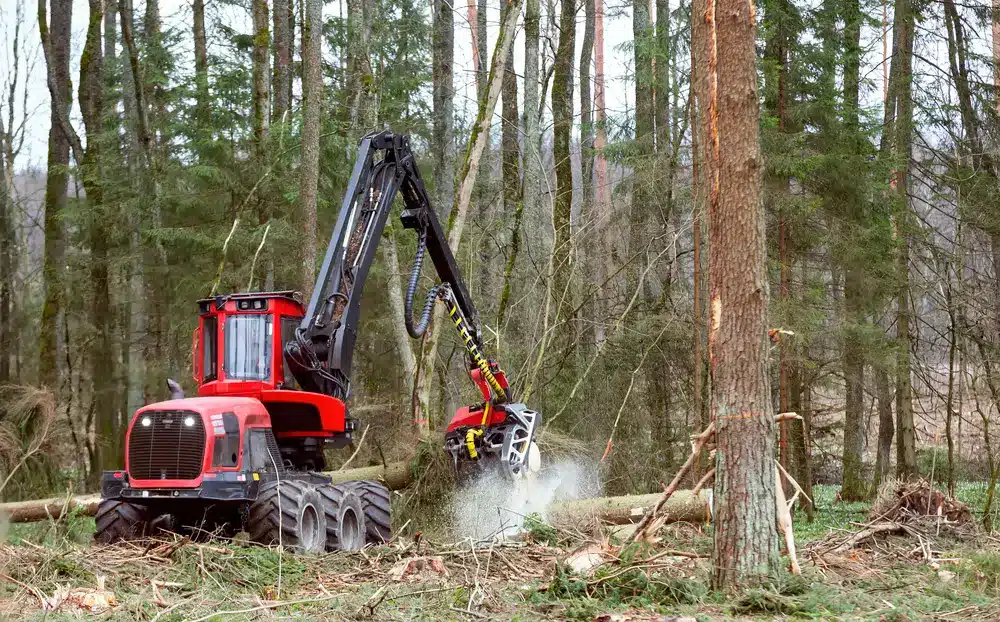
Working on sloped terrain prioritizes safety. Mulchers built with a low center of gravity won’t tip over when the ground tilts. Just like go-karts, machines that hug the ground, with engines and heavy parts set low, handle hills better. Steep slopes can nudge a lanky, top-heavy mulcher to the brink. For instance, forestry mulchers with compact, squat frames remain stable on rough terrain. This is true for tracked carriers designed for extreme grades and for lighter wheeled models on rolling fields.
Wide tracks or wheelbases are equally important. A wide stance distributes the mulcher’s weight and provides additional traction. Tracks can cover more ground than wheels, which helps stop slipping and slide-outs. Wide rubber tracks assist on wet or loose soil, where a narrow machine could dig in or slide. Over rocks or roots, a broad wheelbase stabilizes the unit, so the rider is able to bounce with greater confidence and diminished peril. For example, certain tracked mulchers provide variable track width, allowing teams to configure the base to the gradient or substrate.
Weight spread and counterweights are key. Good weight spread means the weight is not all up front or at the back, but balanced across the entire chassis. Certain models utilize additional weights at the rear or side, which assists when climbing or turning on hilly terrain. Smart mulchers position the heaviest components—such as the engine—low to the ground and nestled between the tracks. Still others allow operators to add or relocate counterweights for the task at hand, increasing steadiness on irregular terrain.
Comparing stability by mulcher type
| Mulcher Model | Center of Gravity | Track/Wheelbase Width (m) | Weight Distribution | Counterbalance System |
| Tracked Forestry | Low | 2.1–2.4 | Even | Adjustable |
| Wheeled Utility | Medium | 1.8–2.0 | Front-heavy | Optional Rear Weights |
| Compact Skid Mulcher | Low | 1.5–1.7 | Centralized | Integrated |
| Heavy-Duty Crawler | Very Low | 2.5–2.8 | Rear-biased | Modular |
Which mulcher type performs best on slopes
Land clearing on slopes requires the optimal mulcher for safety and work speed. Tracked mulchers are frequently preferable to wheeled ones for slope work. Tracked models bury into the terrain, distribute their weight and slide less on inclines or loose soil. These are great for slopes over 30 degrees, where wheeled types may slip or dig in. Wheeled mulchers, although fast on flat terrain, can slip or tip as the slope gets steeper.
There’s an additional layer of safety with the remote-controlled mulchers. Operators can stand well away from peril, which is crucial on hazardous slopes. These machines are small, low to the ground and can fit into tight or rough spots. Others, such as certain remote-controlled models, can manage slopes of up to 50 degrees — with nobody’s life on the line.
Compact mulchers, like walk-behinds, perform well on gentle slopes and in tight spaces. They’re easy to maneuver, their light weight means they might not hold well on very steep or wet terrain. Heavy-duty mulchers — such as self-propelled and mounted types — can tackle big spaces and thicker brush. Self-propelled mulchers can go as fast as 10 km/h and grind stumps up to 60 cm in diameter. Mounted mulchers leverage the tractor’s power and weight for greater stability on large slopes, but require the correct match in size and power to remain safe.
Main mulcher types:
- Deck mulchers: swing blades for small brush, fast and light
- Disc mulchers: strong for thick brush, good on moderate slopes
- Drum mulchers: steady, for mixed tasks on uneven ground
- Flail mulchers (hammer): best for shrubs and branches up to 12 cm
- Walk-behind: best for small areas and slopes under 20 degrees
- Remote-controlled: top pick for steep or risky slopes
Choosing the right equipment based on your terrain
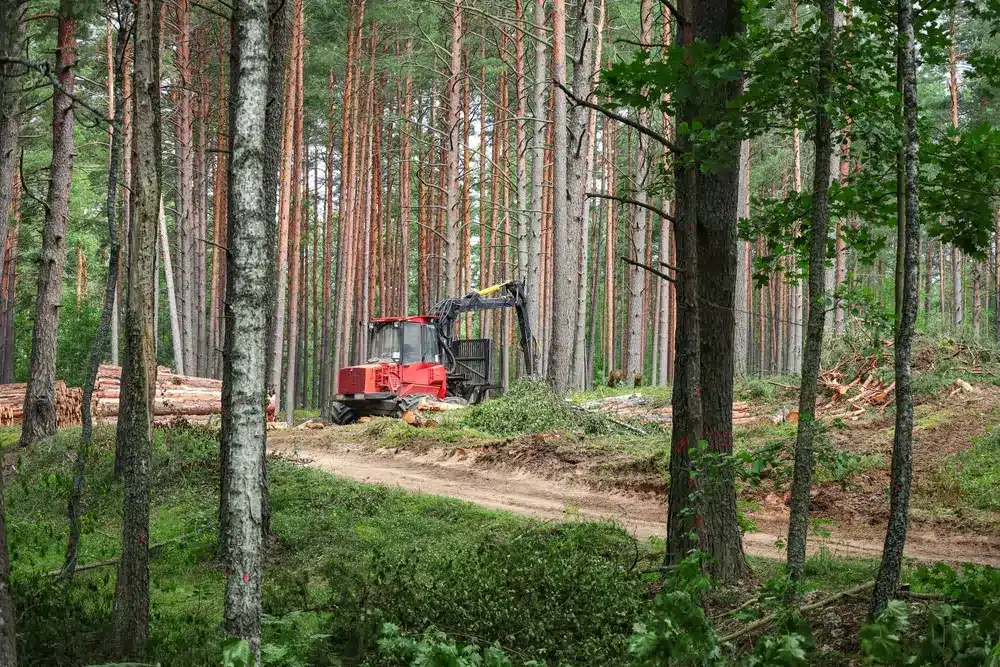
The appropriate mulcher for slope work means considering what grounds the machine–its stability and safety. Begin by creating a feature wishlist for your equipment, based on the steepness and soil composition of your land. Common characteristics are a low center of gravity, wide track width, balanced front-to-back weight and a durable undercarriage. For loose soil or rocky slopes, seek out heavy duty tracks or tires with deep tread. On harder footing, rubber tracks can provide great grip with less earth damage. Counterweights can be added to avoid tipping in steep terrain. It’s wise to see if the mulcher includes a tilt/slope sensor which provides a warning if the machine tips too far.
Always check the specs from the maker. Most brands will state the steepest slope their machines can work on, safely, in percent or degrees. For instance, some compact tracked mulchers can operate on gradients of up to 35%, whereas larger forestry units are only safe up to 25%. Never exceed the maker’s limits. If you work where slopes vary rapidly or the ground is wet, choose a model with a margin of safety to your requirements.
It really makes a difference to see the machine at work. Request the dealer for a test on soil similar to yours. See how stable the mulcher remains, how it ascends and if it slips or bounces. Raise practical questions, such as how does the mulcher deal with abrupt inclines or muddy areas. Try remote-controlled units if you require additional distance from danger areas. Observing the gear in actual action frequently demonstrates what specifications by themselves cannot.
Essential practices before clearing sloped land
Land clearing on a slope requires a basic design. The operator should always verify slope angle and ground prior to commencing work! Soft or wet ground may not hold machines securely, which can cause slips. Rocky ground is hard on the machine and can injure stability. Choosing the right mulcher makes a difference. Skid steer loaders with mulching heads are excellent because they squeeze into tight spaces and can manage minor hillsides. These rigs allow you to navigate with caution and maintain great control.
Safety is the key. All operators should wear seatbelts and ROPS at all times. Don’t make sharp turns or sudden stops on a slope–they may tip the machine. My best advice is to go slow and steady, keeping everything fluid.
Before starting work, the following safety steps should be followed:
- Test the slope angle and terrain for rocks, mud or soft spots.
- Check that all safety gear, seatbelts and ROPS are in place
- Plan the route up and down the slope
- Walk the area to spot hazards
- Check that all guards and shields on the mulcher are in place.
Soil type is another big factor. Loose or sandy soil can lead to erosion if not handled right. Mulching machines help by leaving mulch on the ground, which holds soil and slows down water flow. This cuts down erosion and helps soil health. Forestry mulching saves water and boosts plant growth, giving it good environmental value.
Clearing with a mulcher usually costs less than old-school land clearing. It can reduce your costs by 30-50%. For large projects purchasing a mulcher may be logical, but for the occasional task, renting is savvy and economical.
